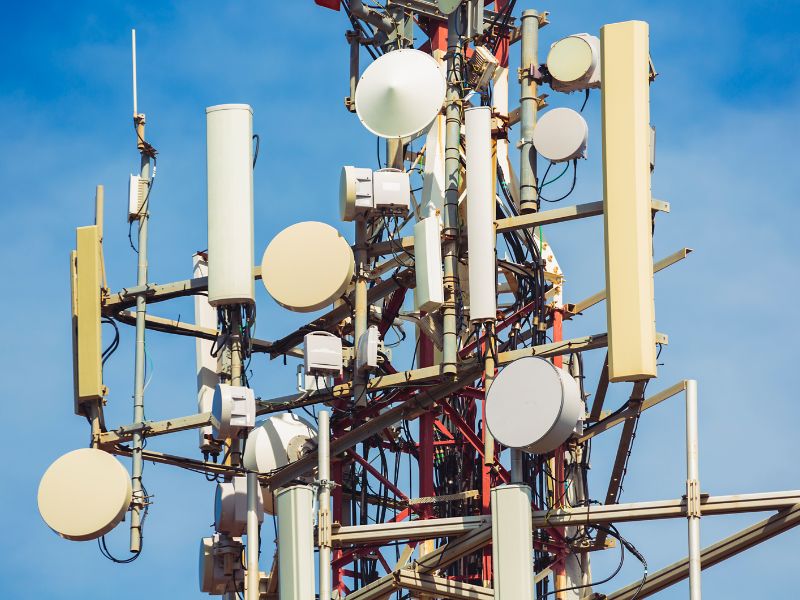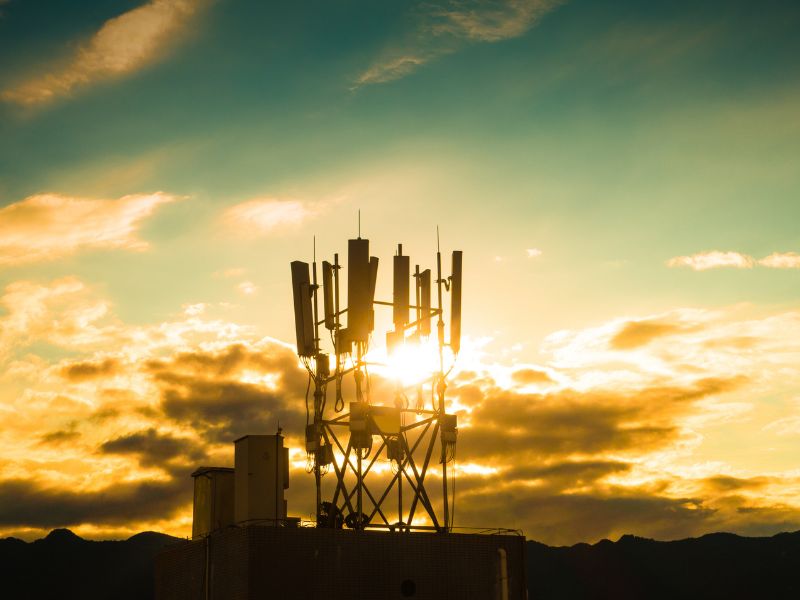Emerging concerns over electromagnetic fields (EMF) have been prevalent since the late 1960s with the introduction of higher voltage electric power transmission lines. Although initial opposition was based on esthetics and property value considerations, health concerns gained traction after a 1979 study linked EMF exposure to childhood leukemia. Understanding the nature of EMF and its interactions with biological systems has become vital. Numerous agencies have sponsored research, with a myriad of conclusions, fueling the ongoing debate about EMF’s potential health risks.

The Genesis of EMF Concerns
Starting from the late 1960s, discussions around the potential biological effects of electromagnetic fields (EMF) began due to the introduction of new, higher voltage electric power transmission lines. Initially, the primary concerns were esthetic issues and property value reductions. However, health concerns were brought to the forefront after a 1979 study by epidemiologist Nancy Wertheimer, which indicated a higher incidence of childhood leukemia in homes near high current power lines.

Research Landscape
Over the past two decades, countless studies have been undertaken with funding from various agencies like the Environmental Protection Agency, the Department of Energy, and more. One significant effort is the Research and Public Information Dissemination (RAPID) Program, which seeks to understand if low-frequency EMF has any detrimental health effects. This program, initiated by Congress in the Energy Policy Act of 1992, had planned a five-year, $65 million research initiative.
Over the years, several literature reviews have been produced. Some conclude potential health risks, while others find no conclusive evidence of harm. One such significant report by the National Academy of Sciences in 1996 acknowledged a link between living near power lines and childhood leukemia but stopped short of establishing EMF as the cause.

History of Technology and EMF Radiation
Wertheimer’s research set in motion hundreds of studies to follow about the link between exposure to EMFs and the associated health risk. Since then, there have been great advances in research, innovation and response to Electromagnetic Radiation.
- In June 2007, Electromagnetic Radiation was shown to change the morphology and inhibit the growth of human brain cells, indicating low power density might affect the signaling pathway involved in cell proliferation.
- In Oct 2009, effects of Radio Frequency electromagnetic waves from cell phones on human semen showed just one hour of exposure was enough to cause damage to sperm reproductive health.
- In July 2010, research was published reviewing previous work to-date, published from 1979 through 2008, regarding a potential correlation between exposure to electromagnetic fields and childhood leukemia. That article concluded that an urgent need exists to assess tolerable exposure limits.
- In Sep 2013, another review of published literature noted conflicting reports.

US Cell Towers and Small Cells: By the Numbers
The development of telecommunication technology since the 1960s has been remarkable, evolving from power lines to the sophisticated systems we have today. As we trace the historical advancements in technology and consider research on electromagnetic radiation, it’s evident that we are now enveloped by mobile operator cell towers and small cell structures. There are also numerous studies addressing the potential harmful effects and the negative impact of 5G networks, as well as the signals emitted by these cell towers.This article will explore the exact number of cell towers and 5G small cell towers being introduced into neighborhoods, communities, and daily environments where we live and work.
- The Wireless Infrastructure Association (WIA) released a comprehensive report on the US wireless infrastructure, detailing 142,100 cell towers and 452,200 outdoor small cell towers as of the end of 2022.
- This report offers a more detailed view of the 5G market than the CTIA’s 2021 findings, which reported 419,000 cell towers.
- WIA primarily represents major cell tower owners like American Tower, Crown Castle, and SBA Communications.
- Their findings are essential for regulatory efforts, equipment vendors, and network operators aiming to streamline 5G site constructions.
- The report also anticipates an increase in demand for small cells towers from late 2023 onwards.

Key Definitions and Data from the Report:
- Cell towers: Free-standing structures over 50 feet, with 142,100 supporting cellular networks, excluding municipality-exclusive towers.
- Macro-cell sites: 209,500 counted, covering vast areas and generally mounted on cell towers.
- Small-cell towers: 452,200 outdoor and 747,400 indoor nodes, with multiple small cell nodes typically on a single pole, transmitting in bands like mmWave, C-band, and 3.5GHz CBRS.
Market Trends:
- Between 2020-2022, small cell deployment slowed due to the pandemic and shifting mobile bandwidth demand.
- The deployment rate is expected to increase from 2023, with a rise in outdoor small cell numbers.
- Major carriers like T-Mobile, AT&T, and Verizon are heavily investing in upgrading their 5G networks but hint at a spending slowdown by 2024.
- As 5G buildouts conclude, the industry anticipates a shift from cell tower spending to small cells to enhance network capacity, though the acceleration timeline for small-cell spending remains uncertain.
